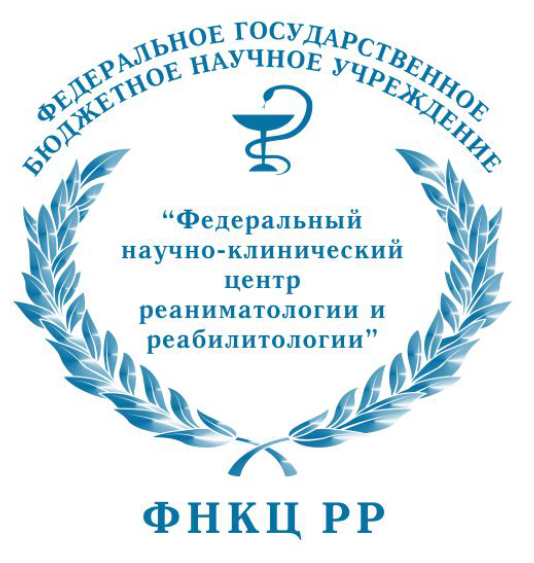
|
ИСТИНА |
Войти в систему Регистрация |
ФНКЦ РР |
||
Momentum Space Coulomb Distorted Matrix Elements for Heavy Nucleiдоклад на конференции
- Авторы: Upadhyay N.J., Eremenko V., Mukhamedzhanov A., Hlophe L., Elster Ch, Nunes F.M.
- Международная Конференция : The 22nd European Conference on Few-Body Problems in Physics
- Даты проведения конференции: 2013
- Тип доклада: не указан
- Докладчик: не указан
- Место проведения: Cracow, Poland, Польша
-
Аннотация доклада:
Single particle transfer reactions (d,p) involving rare isotopes are an important tool to study nuclear structure. In addition, one can connect the (d,p) process with the neutron capture process, a topic of great relevance to astrophysics and the questions around the syn- thesis of heavy elements. The (d,p) reaction may be viewed as a three-body n+p+A problem, in which the deuteron and the nucleus A act as participants in the reaction. Currently, the most advanced momentum space Faddeev-type reaction calculations use a screening proce- dure for the Coulomb interaction, which is adequate only for light and medium mass nuclei [1]. Recently, a Faddeev-AGS formalism for (d,p) reactions with explicit inclusion of the unscreened Coulomb interaction was proposed [2]. A crucial difference here is the use of a Coulomb basis instead of the plane wave basis. A first step in the practical implementation of this new formulation is the computation of vertex functions: these are matrix elements of Coulomb wavefunctions integrated with the nuclear form factor in momentum space [3]. Here the nuclear interactions are taken in separable form. On-shell Coulomb wave function has as leading singularity S(x) = x−1−iη , with x = p − q and η being the Coulomb parameter. To regularize this singularity, one has to go beyond the ‘principal value regularization’ (Fig. 1), and apply the Gel’fand-Shilov regularization to estimate the contribution of the singular region. The integration, as well as the computation of the wave function itself, require algorithmic care in order to obtain results with controllable accuracy. The calculation of these Coulomb distorted nuclear matrix elements will be shown. Acknowledgment: This work was performed within the TORUS Collaboration, a topical collaboration supported by the U.S. Department of Energy. [1] F.M. Nunes and A. Deltuva, Phys. Rev. C 84, 034607 (2011). [2] A. M. Mukhamedzhanov et al. Phys. Rev. C86, 034001 (2012). [3] E. I. Dolinskii and A. M. Mukhamedzhanov. Sov. J. of Nucl. Phys. V. 3, 180 (1966).
- Добавил в систему: Еременко Василий Олегович